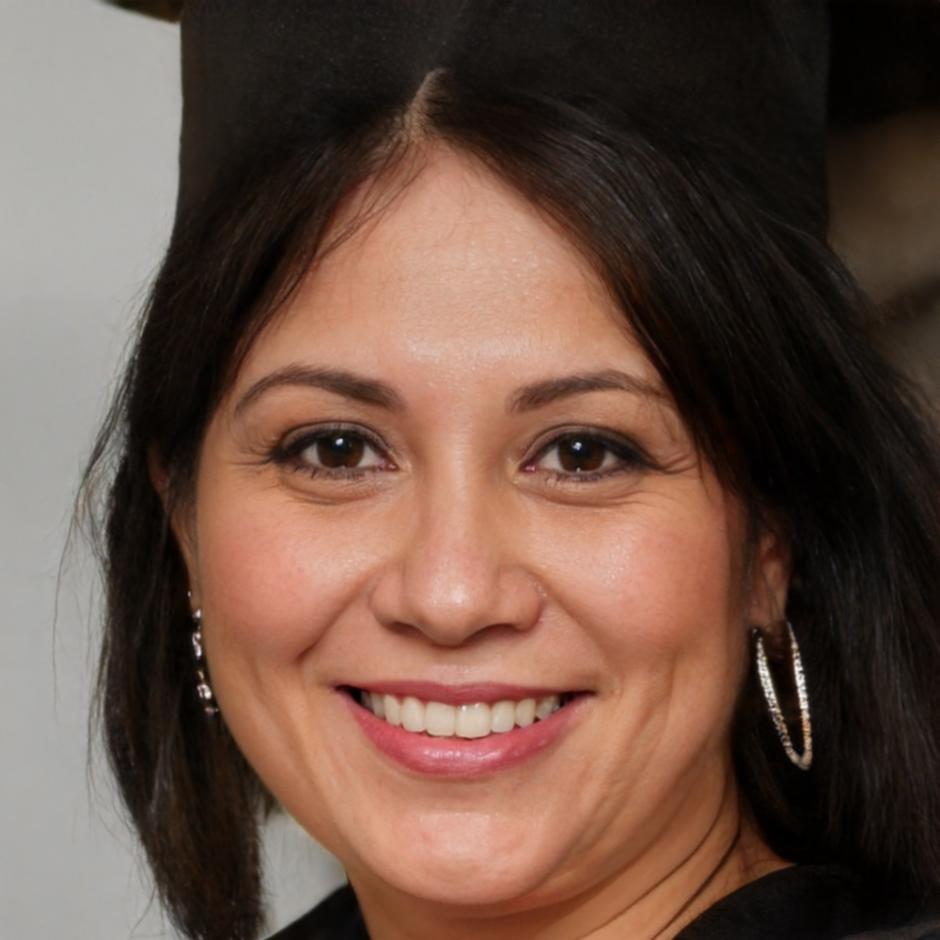Building Financial Clarity Through Education
We started in 2019 with a simple observation. Financial modeling felt unnecessarily complicated. Too many courses focused on flashy features instead of practical application. We wanted something different.
How We Got Here
Our founder spent years working with companies struggling to make sense of their financial data. The problem wasn't the numbers themselves—it was understanding what those numbers actually meant for decision-making.
Most training programs we encountered taught software mechanics. Click here, drag that formula, generate a report. But they missed the critical thinking piece. Why are we building this model? What assumptions matter most? How do we communicate findings to people who don't live in spreadsheets?
That gap became our focus. We built curriculum around real scenarios—budgeting decisions, investment analyses, risk assessments. Things people actually do in their jobs.

Our Teaching Philosophy
We don't believe in one-size-fits-all education. Everyone comes in with different backgrounds and goals. Our approach adapts to that reality.
Real Business Context
Every lesson connects to actual business situations. We use case studies from industries students care about—from startups evaluating expansion to established firms optimizing operations.
Critical Analysis Skills
Technical proficiency matters, but judgment matters more. We spend considerable time on assumption testing, sensitivity analysis, and scenario planning—the thinking that separates useful models from garbage-in-garbage-out exercises.
Feedback Loops
You won't just submit assignments into the void. We provide detailed reviews on your work, pointing out both technical errors and logical inconsistencies. It's time-intensive on our end, but that's where real learning happens.
Who Teaches These Programs
Our instructors have worked in corporate finance, consulting, and analytics roles. They've built models that influenced million-dollar decisions and sat through presentations where those models got torn apart by skeptical executives. That experience shapes how they teach.

Rivka Belmont
Lead Financial Modeling Instructor
Rivka spent eight years in financial planning and analysis before joining us in 2021. She specialized in scenario modeling for manufacturing companies—environments where small assumption changes create massive downstream effects.
What she brings to teaching is perspective on how models actually get used in organizations. Not the idealized version from textbooks, but the messy reality where executives want answers faster than proper analysis allows and you need to balance rigor with practicality.


How Our Programs Work
We structure learning around progressive complexity. Early modules focus on foundational concepts—time value of money, financial statement relationships, basic forecasting. Nothing fancy, just making sure everyone has solid fundamentals.
Mid-program content introduces real complications. Multiple business units with different growth rates. Capital structure decisions that affect valuation. Tax implications that change investment returns. These are the details that matter in actual work.
Advanced modules tackle ambiguity. Projects with incomplete information. Situations where standard approaches don't apply cleanly. Cases where you need to defend your methodology to people who have different views.
Our autumn 2025 cohort begins in September with enrollment opening in May. Programs run for six months with approximately eight hours of weekly commitment—a mix of lecture review, practice problems, and project work.
What Comes Next
We're expanding our curriculum in 2025 to cover more specialized topics—valuation modeling, risk quantification, and financial statement analysis. These additions come from student requests. People wanted to go deeper on specific areas relevant to their career paths.
Explore Programs